
Founded 1880
1025 'F' Street NW
Washington 4, DC
DIstrict 7-5300
Woodward & Lothrop
"The Store Fit for the Nation's Capital"
There are many reasons why New York City’s patrician B. Altman & Co. store stands out as unique, even among the fine department stores that have graced the streets of the Gotham city. Altman’s began the retail march up Fifth Avenue from lower Manhattan in 1906. The store’s cachet and exclusivity were maintained by its palatial Fifth Avenue home, and a small number of suburban branches, one of which even carried the store’s reputation as far as suburban Philadelphia. The Charleston Gardens, its beloved eighth floor restaurant was unique, even among the most noted of department store Tea Rooms. Uniquely, and practically unbeknownst to shoppers was, however, the store’s defining historical aspect: It was the source of income for the eponymous foundation that was created by its benevolent and thoughtful founder, Benjamin Altman.
The son of German-Jewish immigrants Philip and Cecilia Friedsam, of Memmelsdorf, Bavaria, Altman was born in New York City on June 12th, 1840. Five years earlier, his parents came from Europe, like so many others, in search of a better life in the New World. The Friedsams operated a dry goods store on the lower east-side, and the 12-year old Benjamin began working there in 1853. Eventually, Altman opened his own business at 39 Third Avenue, and nine years later, flush with success, no doubt owing to his astute business practices, he moved the store moved to Sixth Avenue and 18th Street. B. Altman & Co.’s store on the so-called 'Ladies’ Mile' was of such proportion and beauty that it became known as the 'Palace of Trade'.
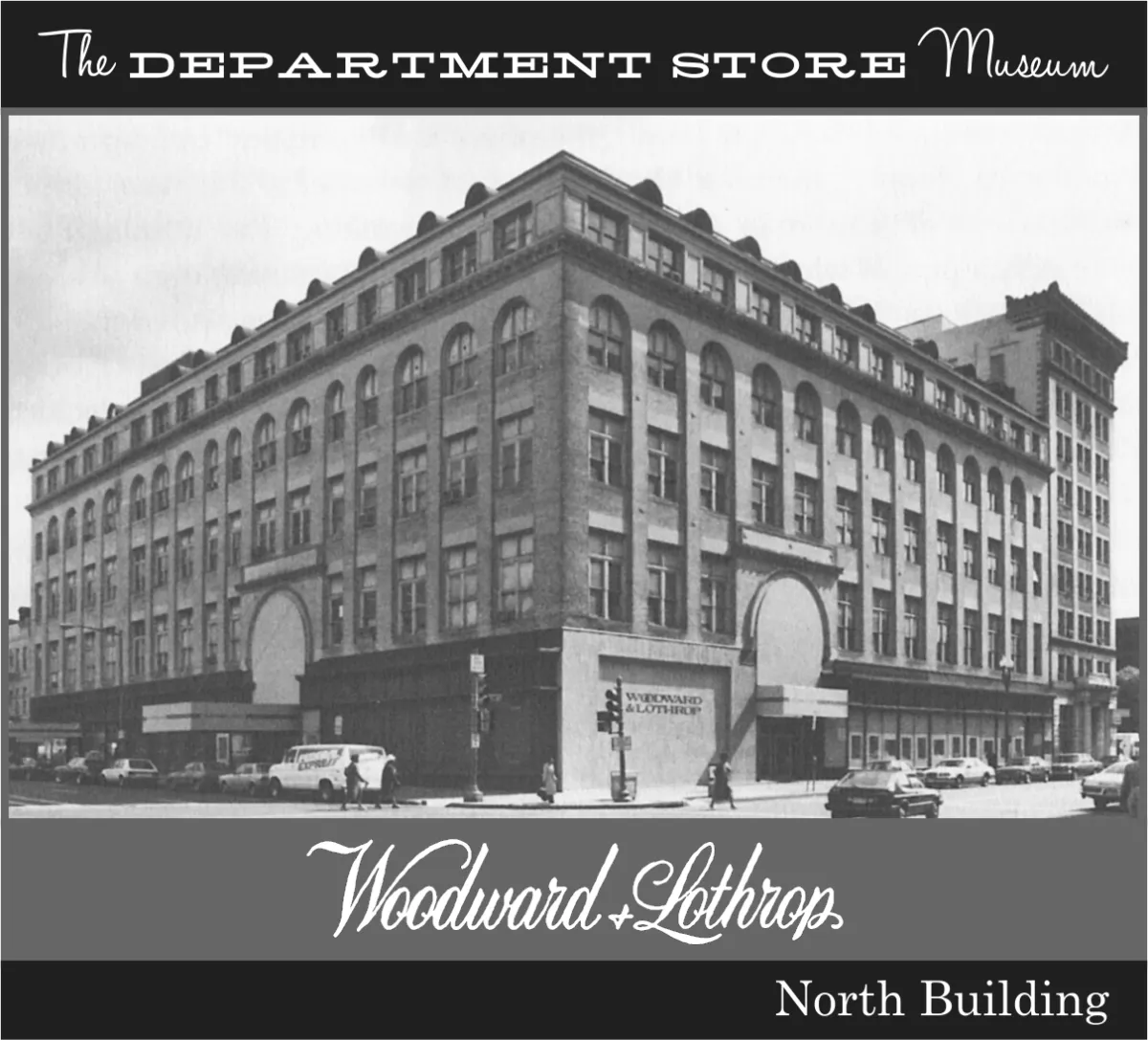
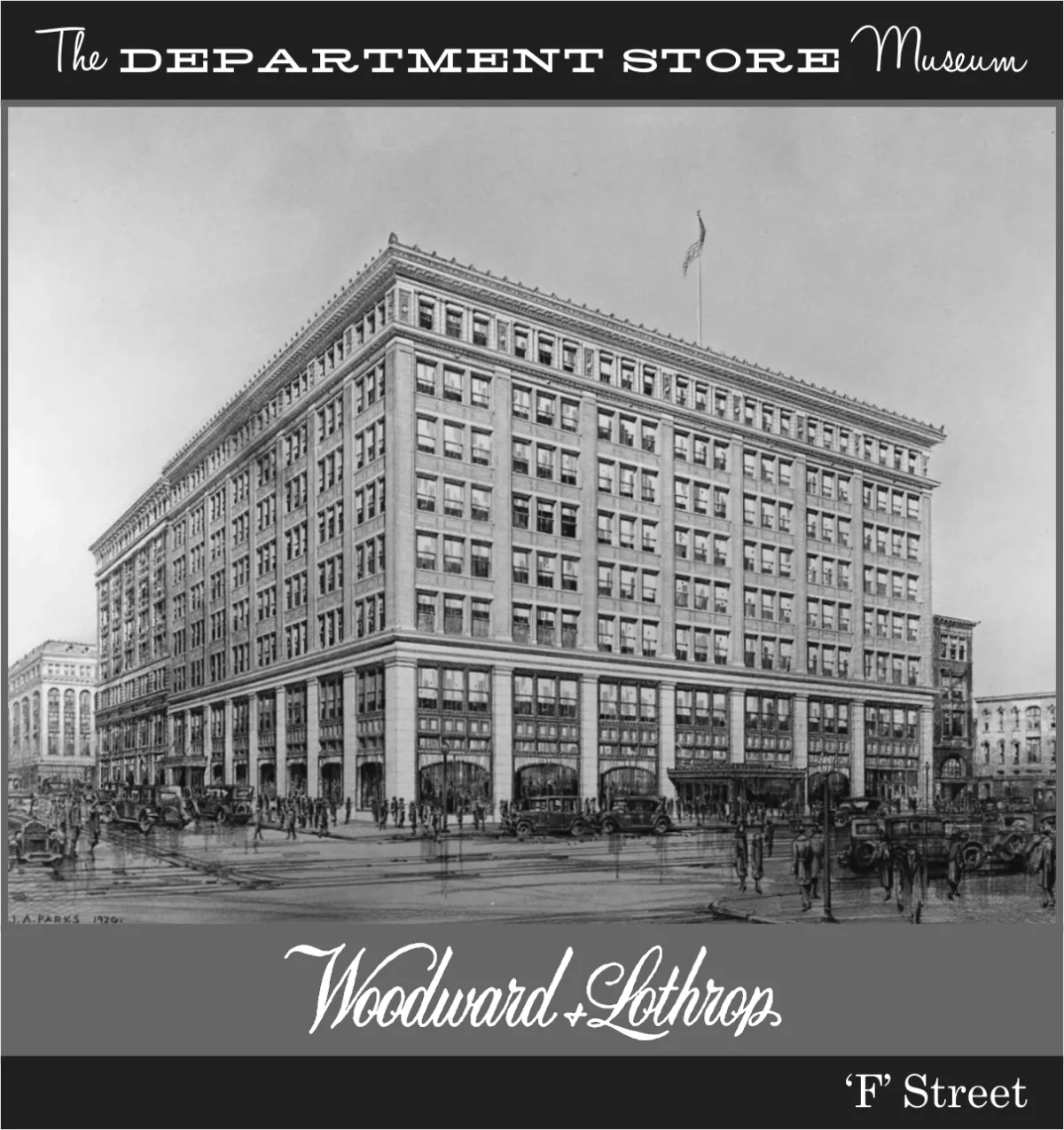


History
The dawn of the twentieth century brought great prosperity and development to New York City which was reflected in the great railroad terminals built to connect Manhattan island with the rest of the country, not to mention local outlying areas which themselves were prime for development. In 1904, ground was broken for the Pennsylvania Railroad’s colossal Pennsylvania Station at Seventh Avenue and 33rd Street, while rival New York Central System began developing plans for a new terminal at 42nd Street and Park Avenue in 1903. The Grand Central Terminal and Pennsylvania Station developments spurred economic development in midtown Manhattan and the retail world began its move uptown. R.H. Macy & Co. relocated to 34th and Broadway in 1901.

In addition, as early as 1893, ultra-wealthy socialite Mrs. William B. Astor moved her home thirty blocks north, on Central Park, and her old mansion was raised to accommodate the construction of the Waldorf-Astoria hotel (which was later demolished and replaced by the Empire State building). Benjamin Altman subsequently (one should say “wisely”) purchased a lot at 34th Street on New York’s prestigious 5th Avenue, which was then a street of mansions which had been built by the previous generation of the wealthy class in the city. By the time Altman made his purchase, a majority of these mansions were re-purposed to accommodate the small businesses that transformed the Avenue’s character.
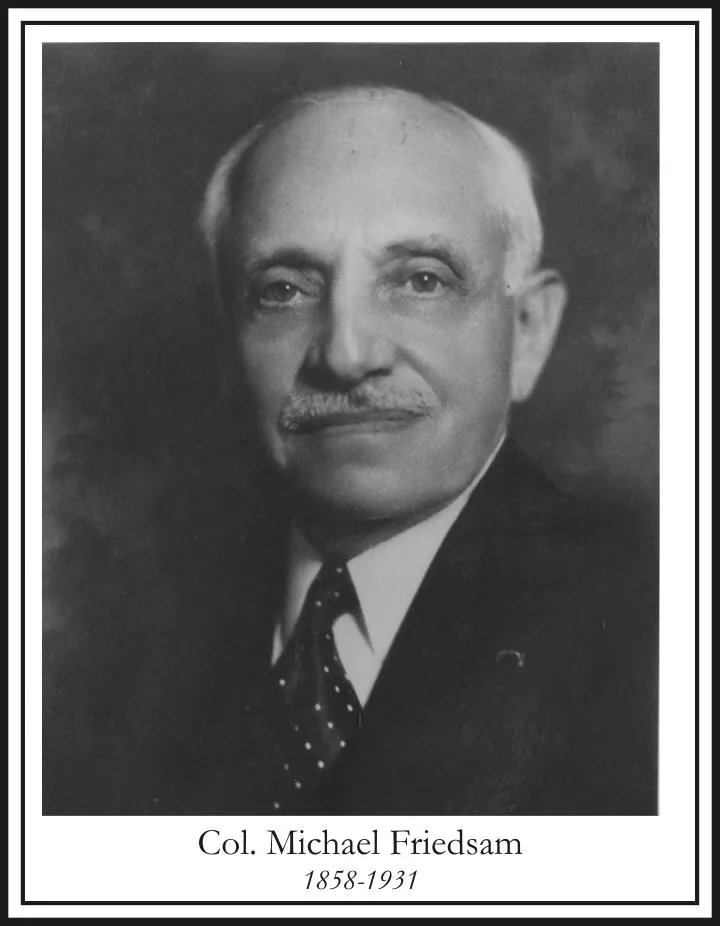
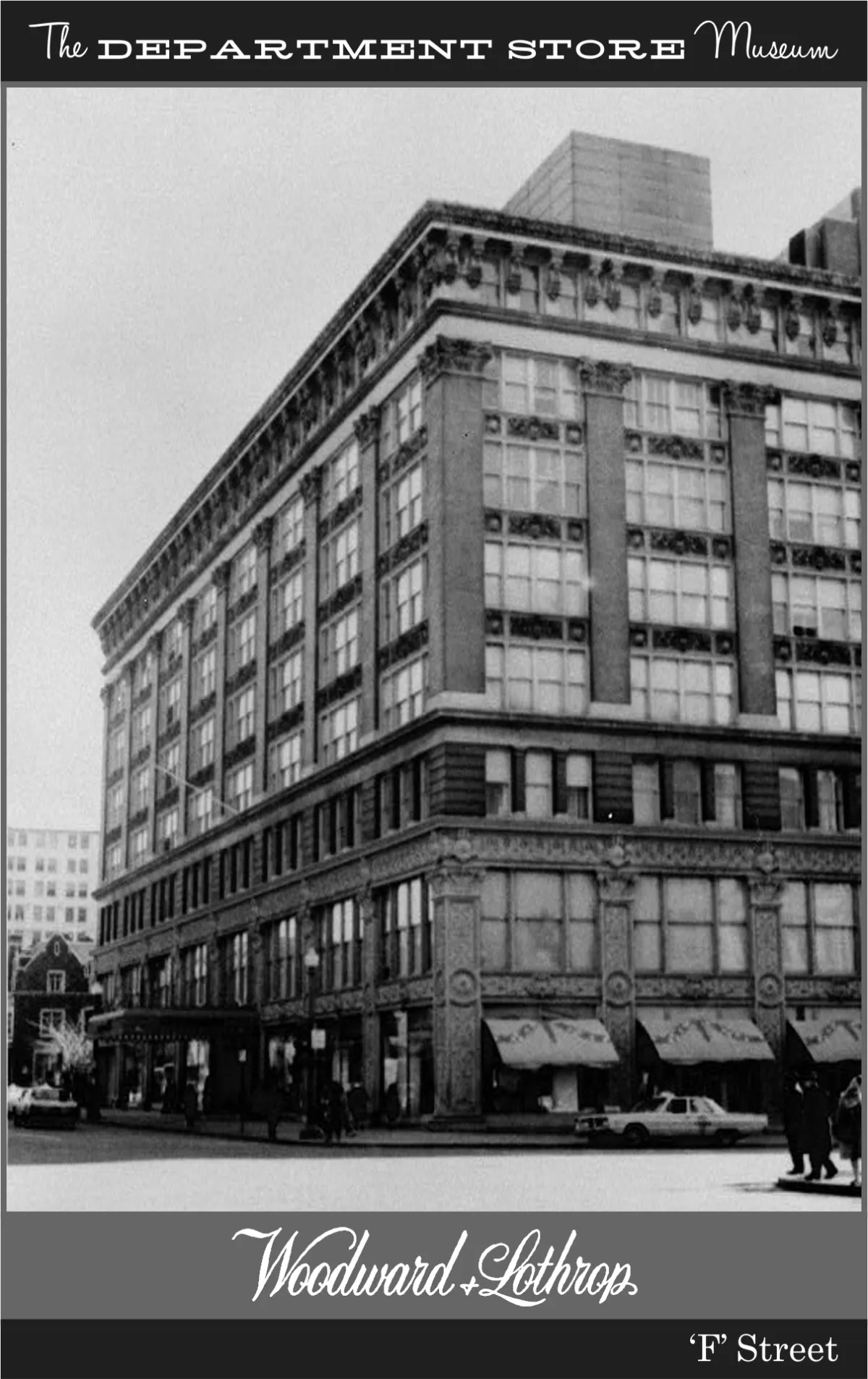
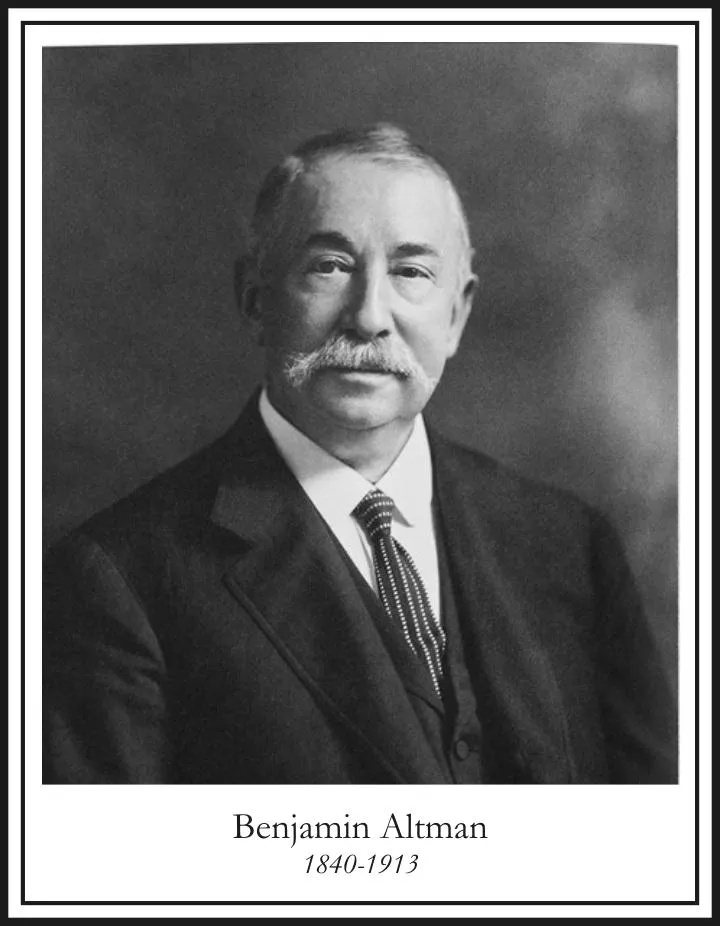
Altman’s choice of Trowbridge and Livingston as architects was fortuitous given the fact that the merchant would be the first retailer to leave lower Manhattan for Fifth Avenue. The firm’s work on many deluxe townhouses and mansions in New York City, as well as large-scale structures like the St. Regis Hotel and J.P. Morgan’s Wall Street offices made it an ideal candidate to integrate a large department store into the established character of B. Altman & Co.’s new neighborhood.
The building that they produced was built in sections; the first to go up were 7 bays along Fifth Avenue at 35th street between 1905 and 1906. The Fifth Avenue frontage was completed when Altman purchased the holdout piece of property at the corner of Fifth Avenue and 34th Street. Trowbridge and Livingston completed the dignified Beaux-Arts style building in 1913 with a 13-store addition to the rear along the block’s Madison Avenue frontage. The overall design gives the illusion that the million-square foot department store is in reality a neo-Florentine palazzo.
The resultant building is a refined composition of limestone façades, enhanced by a colonnade of two-story windows set between engaged Doric columns. The Fifth Avenue main entrance features a projected colonnade of fluted Ionic columns, and this entrance, like the others, is enriched by curving metal canopies at street level. True to the style chosen for it, the bulk of the building is broken into the previously-described base, a shaft of rectangular windows set in plain limestone, and an exuberant capital consisting of two floors of windows topped with roman arches and surmounted by a deep and vigorously detailed cornice. The Madison Avenue addition of 1914 fit the overall composition, but added more variety in both its details and additional height.

